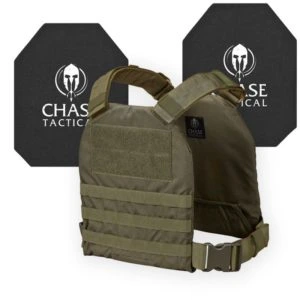What to Do in an Active Shooter Emergency?
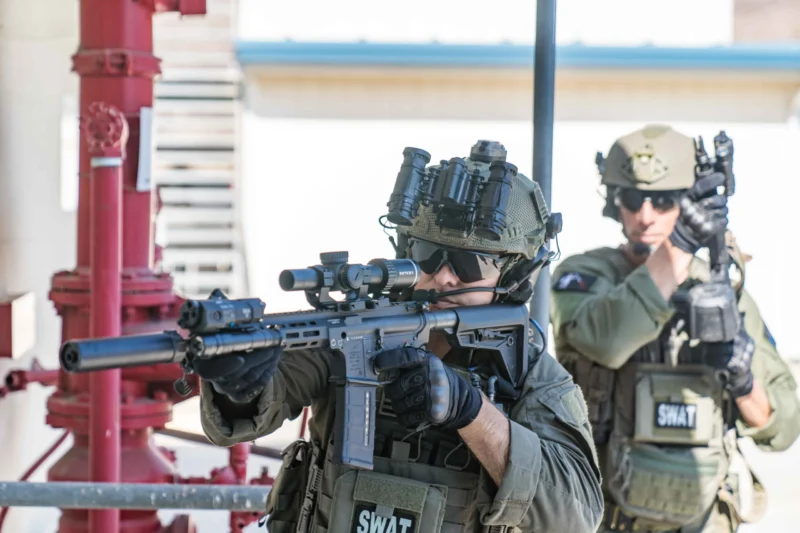
An active shooter situation can unfold in an instant, leaving little time to react. With the unpredictable nature of such emergencies, being prepared mentally and physically is crucial. It’s not something we like to think about, but understanding how to respond during an active shooter event could make the difference between life and death. Whether you’re in a workplace, school, or public space, knowing the right steps to take in an active shooter emergency is essential for your safety.
In these situations, having the proper gear, such as a Level 4 body armor kit or an active shooter tactical vest, can significantly increase your chances of surviving a dangerous encounter. These protective items can be lifesaving in the event of gunfire, providing you with both peace of mind and physical defense. Stay protected in any situation with the QRC Active Shooter Armor Kit for reliable defense.
What Is an Active Shooter?
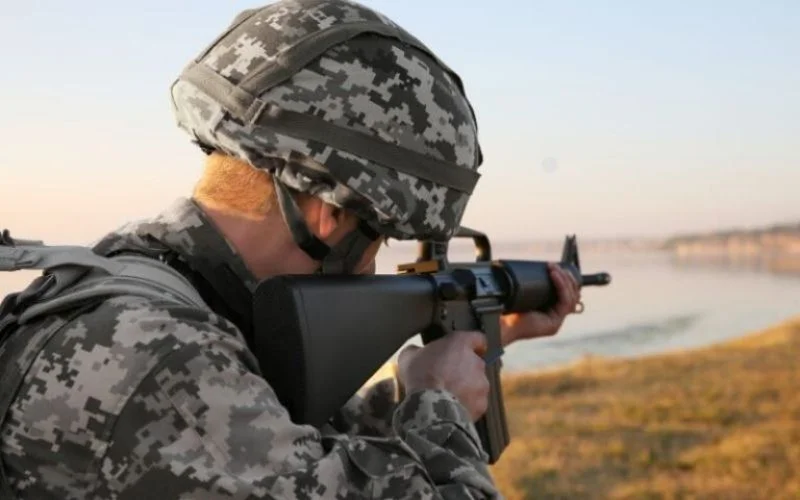
An active shooter is typically someone engaged in killing or attempting to kill people in a confined or populated area. The assailant may use firearms and may not have a clear motive other than to harm as many people as possible. These events are unpredictable and can occur anywhere, from schools and shopping malls to office buildings and outdoor events.
What to Do in an Active Shooter Emergency?
When faced with an active shooter, your immediate reaction is crucial. Here are the primary courses of action you should consider:
1. Run – If You Can Escape, Do It
The first and most important response in an active shooter scenario is to run. Escape should be your priority if it’s safe to do so. Don’t hesitate, every second counts.
- Evacuate Immediately: Head toward the nearest exit, and avoid using elevators if you’re in a multi-story building. Use stairways and try to remain calm.
- Leave Personal Belongings: Do not waste time grabbing your purse, phone, or any items that might slow you down.
- Alert Others: If you are in a position to do so without putting yourself in danger, shout to alert others to the threat and encourage them to evacuate with you.
- Avoid Crowds: If you’re near a large group of people, move away from them. Crowded spaces can become easy targets for the shooter.
2. Hide – If You Can’t Escape, Find Shelter
If running isn’t an option, your next best choice is to hide. Find a safe, concealed area where you can protect yourself from the shooter.
Lock the door if you can. Barricade the entrance with heavy furniture if possible, and keep quiet. Turn off the lights and silence your phone. If you can’t find a place to hide completely, crouch down behind furniture or any objects that may shield you. Don’t stand in front of windows or doorways.
While hiding, it’s important to consider additional layers of protection. If you have access to a Level 4 body armor kit, don it quickly, as it can shield vital areas of your body from potential gunfire. Even if you’re in a concealed area, added protection can make a difference.
3. Fight Back – Only If Your Life Is in Immediate Danger
As a last resort, if you cannot escape and hiding is not an option, you may need to fight back. This is a dangerous choice and should only be considered if the shooter is near and you have no other escape options.
Having the right active shooter tactical vest can offer protection if you decide to engage with the assailant. Vests with shooter plates can absorb impacts and provide a critical buffer against gunfire, allowing you to make defensive movements or take actions to neutralize the threat.
How to Communicate During an Active Shooter Situation?
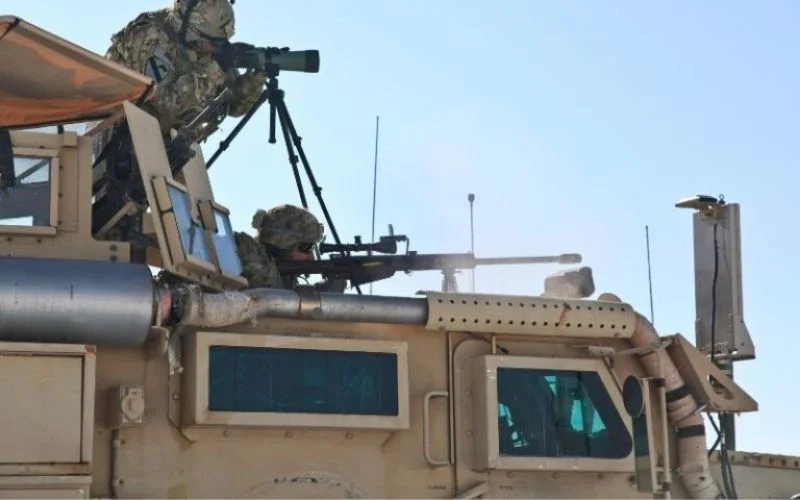
Communication during an active shooter situation can be lifesaving. However, it’s essential to remember that you may not have time for a lengthy call.
1. Call 911
If it’s safe to do so, call 911 immediately. Provide the following details:
- Location of the shooter
- Description of the shooter (gender, clothing, weapons)
- Number of shooters (if known)
- Injuries or casualties (if known)
2. Text When Possible
If you’re unable to speak safely, try sending a text message to emergency services. Many regions have text-to-911 capabilities, which allow you to communicate in an emergency without being heard.
What Should You Do After the Situation Ends?
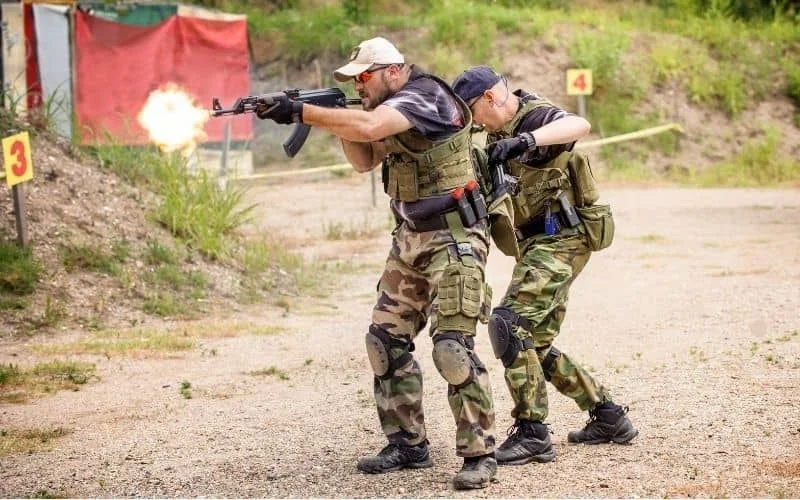
After the shooter has been apprehended or the danger has passed, the situation is not over. There are still steps you need to take for your safety.
- Stay Put Until Law Enforcement Clears the Area: Even if the shooter is neutralized, law enforcement will need to clear the building to ensure no further threats.
- Be Prepared for Trauma: If you or others are injured, apply first aid until emergency services arrive. For psychological support, consider seeking professional counseling to deal with the trauma of the experience.
Conclusion
An active shooter situation is terrifying and unpredictable. However, being prepared to act quickly and decisively can greatly improve your chances of survival. Whether you run, hide, or fight back, always trust your instincts and prioritize your safety. For individuals working in high-risk environments or those seeking additional protection, having a civilian armor kit or active shooter vest can offer peace of mind and enhance survival rates. Share this knowledge with others so they too can be prepared in the event of such a disaster. Always remember: in a crisis, every second counts.
Frequently Asked Questions
Should I evacuate or stay put if I hear gunshots?
If you hear gunshots, your immediate instinct should be to evacuate if possible. If you cannot escape, find a secure location and hide until law enforcement arrives.
How can I recognize if I’m in an active shooter situation?
Gunshots, screaming, or seeing people fleeing the area are some of the first signs. If you suspect an active shooter situation, it’s important to act quickly and remain alert.
Should I call 911 even if I don’t know the exact location of the shooter?
Yes, please provide as much information as possible. If you are unsure about the exact location, give any details that could help authorities locate the shooter quickly.
What if I’m trapped in a room with no exit?
If there is no exit, create a barricade to protect yourself, stay quiet, and try to communicate with law enforcement if possible.
Can fighting back in an active shooter situation be an effective response?
Fighting back is a last-resort option when escape or hiding are not possible. If you must fight, use objects around you and aim for vulnerable areas of the shooter’s body.

